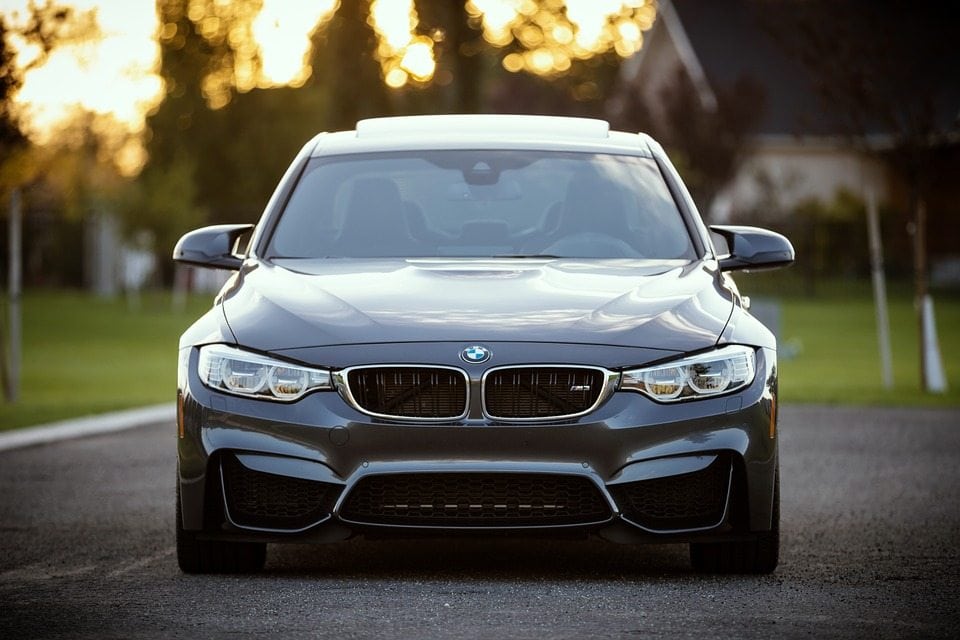Jim Sanders, our guest author, advises us in five areas for safer driving at night.
We wish you happy holidays and drive safely during the Easter holiday.
 Ninety percent of a driver’s reaction is based on vision, according to the National Safety Council (NSC). When driving at night, visibility is low and accidents occur more often. The NSC reported that fatal traffic accidents occur three times more often at night. Follow these tips to stay safe while driving after dark.
Ninety percent of a driver’s reaction is based on vision, according to the National Safety Council (NSC). When driving at night, visibility is low and accidents occur more often. The NSC reported that fatal traffic accidents occur three times more often at night. Follow these tips to stay safe while driving after dark.
Have Your Headlights Aligned
Your headlights must function properly to maximize your range of vision at night. Over a period of time, headlights will move out of position due to repeated slamming of the hood or from a collision. If your headlights seem dim, this may be because they are not properly calibrated, not because of wear and tear. The easiest way to check for correct headlight alignment is to park your car close to a wall and shine your lights. Mark the center of each light beam on the wall with an “X” (use masking tape), and then adjust the aiming screws accordingly.
Don’t Smoke
We all know drinking and driving can kill, but smoking while driving is also dangerous. Nicotine and carbon monoxide can impair night vision, according to The Weather Channel. Smoking also forces drivers to use their hands for something other than the steering wheel, gear shift or turn signals. It is best to simply pull over and take a smoke break if you have to have one.
Diminish Glare
When you first turn the lights off in a room, the area will be extremely dark until your eyes adjust and pick up what little light remains. This same concept applies when you have been driving in the sun all day. It will take your eyes at least an hour to adjust to dusk and then the dark. Sudden bright light can also cause glare and temporary vision impairment. If an oncoming driver does not turn off his high beams, look at the right shoulder of the road for guidance, and avoid staring at the lights. It takes human eyes up to five seconds to readjust and even longer for older adults.
Watch for Animals
Drivers generally get no warning before colliding with a deer crossing the road. The good news is that headlights will reflect off the retinas of the animal (thus the “deer in headlights” descriptor), so you could potentially spot them a few hundred feet away. Studies have shown bumper-mounted deer whistles do not work, so it’s simply best to slow down and look as far ahead as possible for eye reflections.
Get Good Insurance
Though auto coverage is required in every state, your choice of indemnities is what makes a difference in night driver safety. Full coverage & mdashwhich includes collision, personal injury and uninsured motorist protection—generally costs just a few dollars more per month than the minimum liability coverage required by law. Find an insurance company The Hartford that offers full auto coverage with personalized options to fit your needs. Comprehensive coverage generally offers a rental in the event your car is severely damaged in an accident, and it could save you from potentially large medical bills in the long run.
Author Biography: Jim Sanders
A collector of classic car parts, Jim can identify and point out the differences in almost any brake system made since 1920. He loves writing about the latest cars but won’t give up his old jalopies in the driveway.

